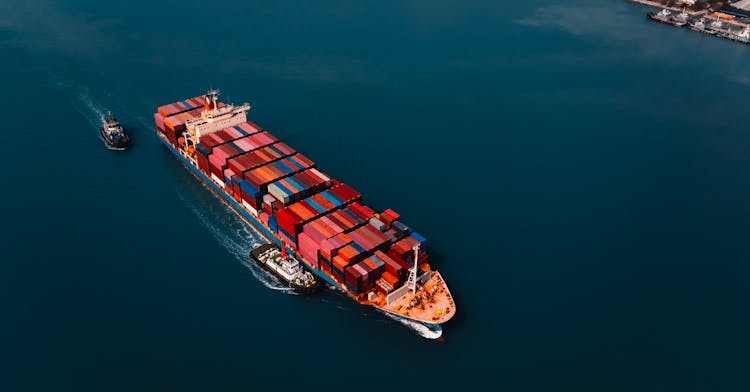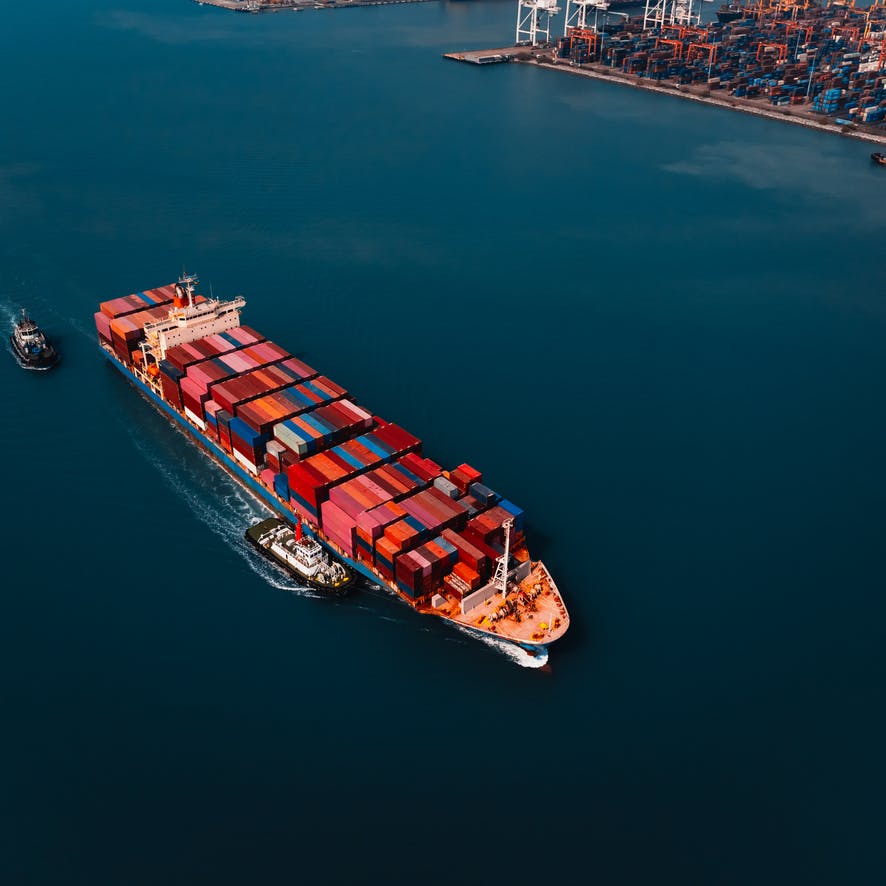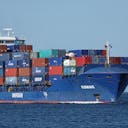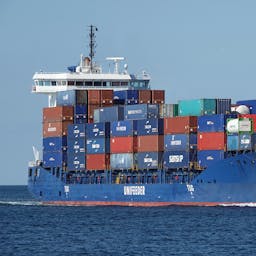This article is the final part of our interview series discussing the PoC . We get the thoughts of Andrew Raymond, managing director, and Harry Crawford, eBL product manager, of cloud-based platform provider Bolero.
The bill of lading, which serves as document of title, receipt for shipped goods, potential collateral for financing and a record of terms and conditions, is still mostly paper-based. This holds back progress around container shipping which would benefit from the speed, cost reductions, security and improved sustainability an electronic bill of lading (eBL) provides.DCSA works to accelerate a transition from paper-based processes towards digitalisation in shipping. To this end, DCSA member carriers recently committed to fully transition to standardised eBL based on DCSA standards by 2030, heralding the start of a new era of scaled automation and paperless trade for container shipping.DCSA also completed a recent proof of concept (PoC) trial with multiple platform providers, testing eBL interoperability through the full bill of lading lifecycle including corporates and banks, using data mirroring a live shipment.This article is part of a series, discussing the aforementioned PoC with participants. Here, we get the thoughts of Andrew Raymond, managing director, and Harry Crawford, eBL product manager, of cloud-based platform provider Bolero. We began by asking:Why do you think the eBL PoC interoperability collaboration is important?
Collaboration among industry players is crucial in promoting the adoption and interoperability of electronic bills of lading (eBLs). An eBL interoperability Proof of Concept (PoC) is important to align proposed initiatives, establish a common set of key requirements, and increase the usage and adoption of eBLs. Such collaboration brings together solution providers, creators, and consumers of bills of lading who share a desire to promote the electronic exchange of eBLs.Additionally, collaboration provides neutral ground to explore how to further the industry’s awareness and digitalization of eBLs, particularly through cross-platform trials and neutral discussions on important topics.What results have you seen so far?
DCSA and the PoC participants have been successful in performing trials with a select group of corporates, banks and DCSA members. DCSA’s efforts to define and get agreement from its members on the eBL data standards is a fundamentally important step to enable interoperability. Now, as we look ahead to further stages of eBL adoption, as an industry we need to address the legal considerations that have been clearly identified. This is an interesting and challenging area to pursue with the support of DCSA.What are the lessons learned during this PoC?
There are three things that are key to providing a viable solution. The first is a common structure for the eBL data, the second is verifiable party identities, and the third is the sharing of identification tokens between systems that facilitate the publication and transfer of eBLs, along with other functions. For widespread mass adoption, we will also need enterprise-level, robust exchange processes, a common legal framework that all organisations participating in eBL exchange can rely on, enterprise scalability and resilience.What are the benefits to your customers once we achieve platform interoperability?
The goal of an eBL that is ubiquitous and not specific can be achieved through platform interoperability, which will reduce barriers to eBL adoption and provide certainty for customers that their investments will be effective in the long term. Carriers will benefit from avoiding the need to comply with specific vendor-based standards and can focus on a standard that all DCSA compliant vendors can natively use. This will allow parties to select their vendor based on criteria such as proposition, functionalities, pricing, track record, and user experience, bringing the industry closer to the important goal of ubiquitous eBLs.What does a fully interoperable eBL mean for international shipping and trade?
A fully interoperable eBL will enable carriers and all the parties in the chain to move to digital bills of lading faster than they would otherwise have been able to. For an eBL to move smoothly and unhindered along the supply chain, passing from one stakeholder to another, interoperability must be built into the process.Has anything come out of this PoC experience that was perhaps unexpected or rewarding that you want to share with the industry?
As a solution provider that is both a creator of eBLs in the Bolero title registry and a consumer of eBLs in our offerings, such as Galileo and CargoWise, we value being aligned with and involved in the development of the DCSA standard as it evolves.For information on DCSA data and process standards for the bill of lading (B/L), visit the DCSA electronic bill of lading page.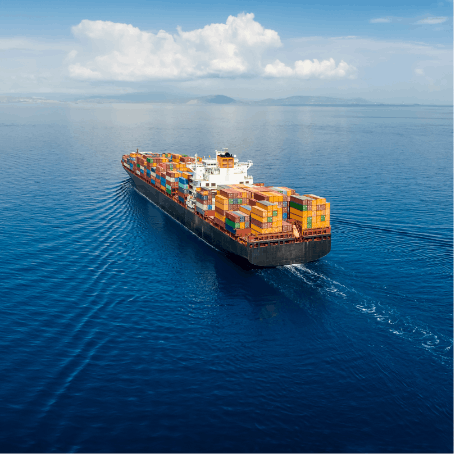
Digitalise the container shipping industry
At DCSA, we envisage a digitally interconnected container shipping industry in which customers have a choice of seamless, easy-to-use services that provide the flexibility to meet their business and sustainability goals.
